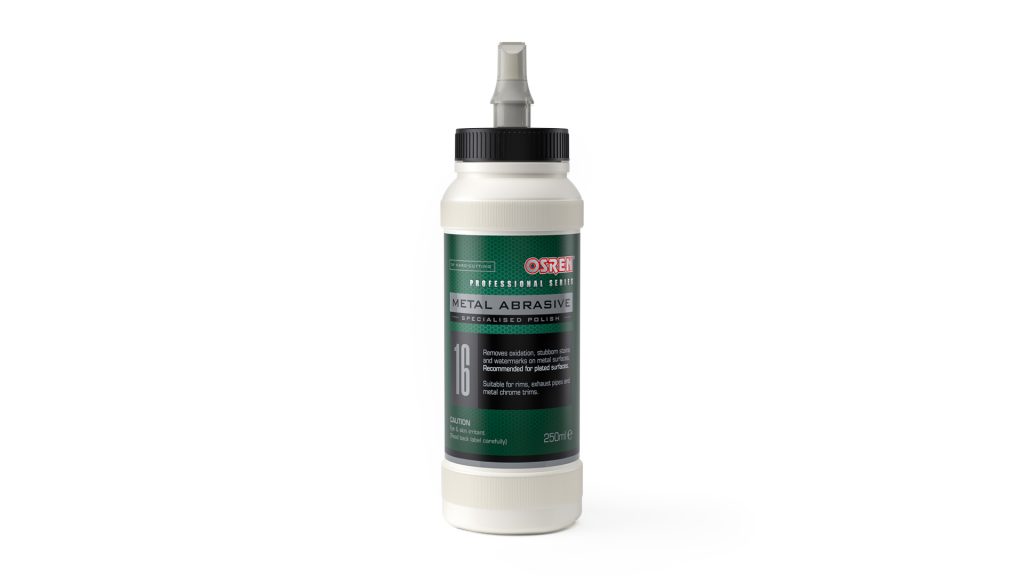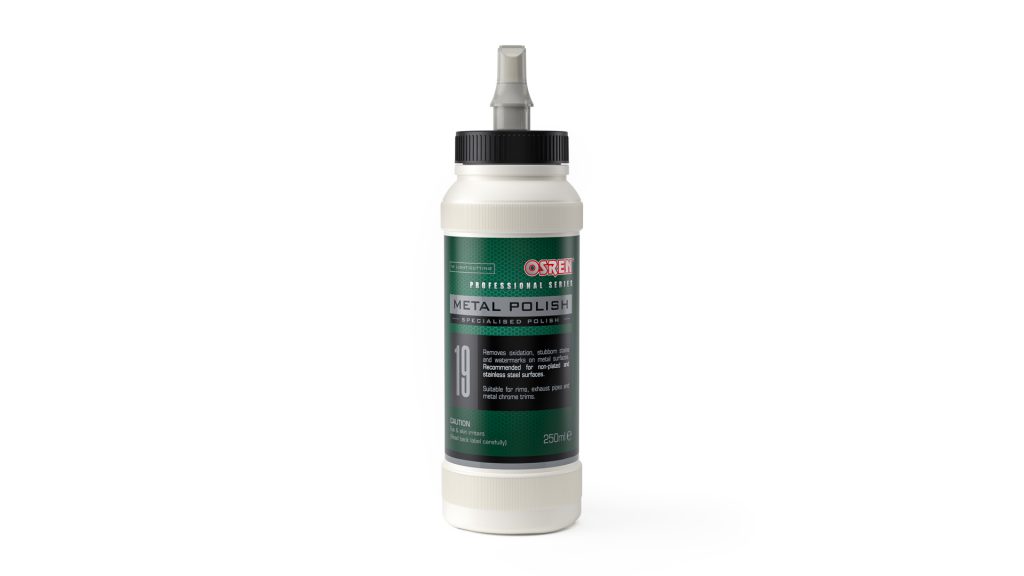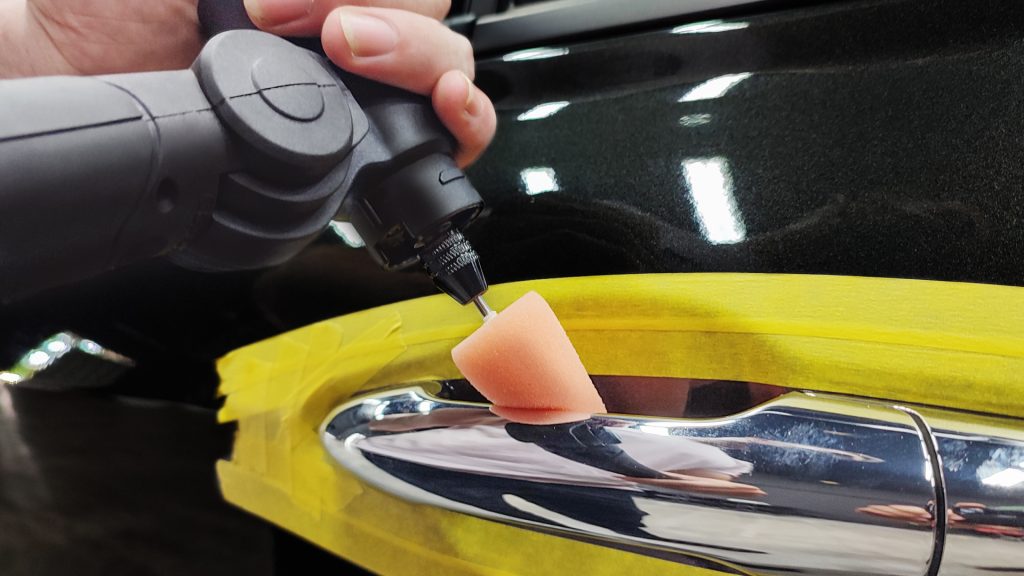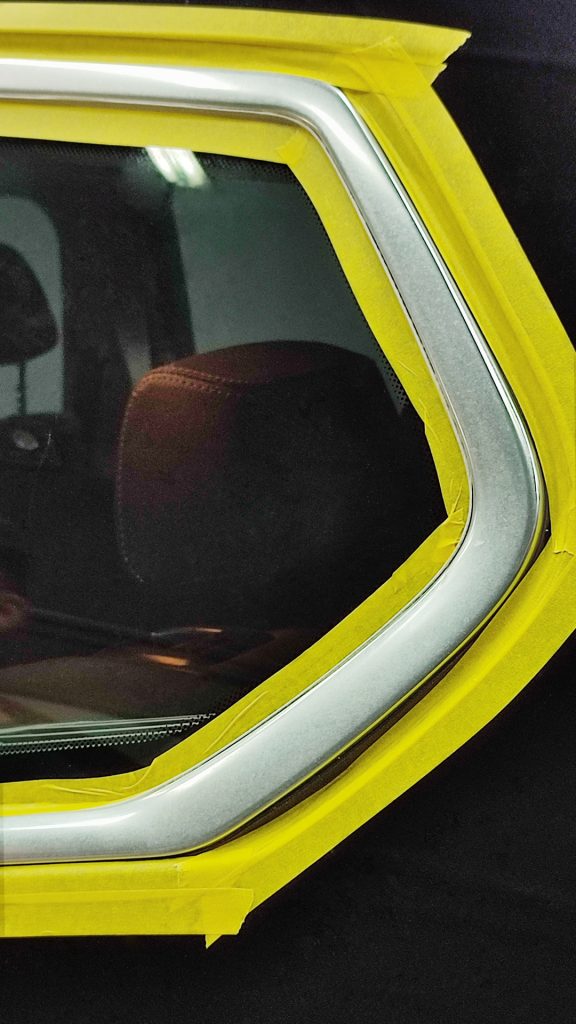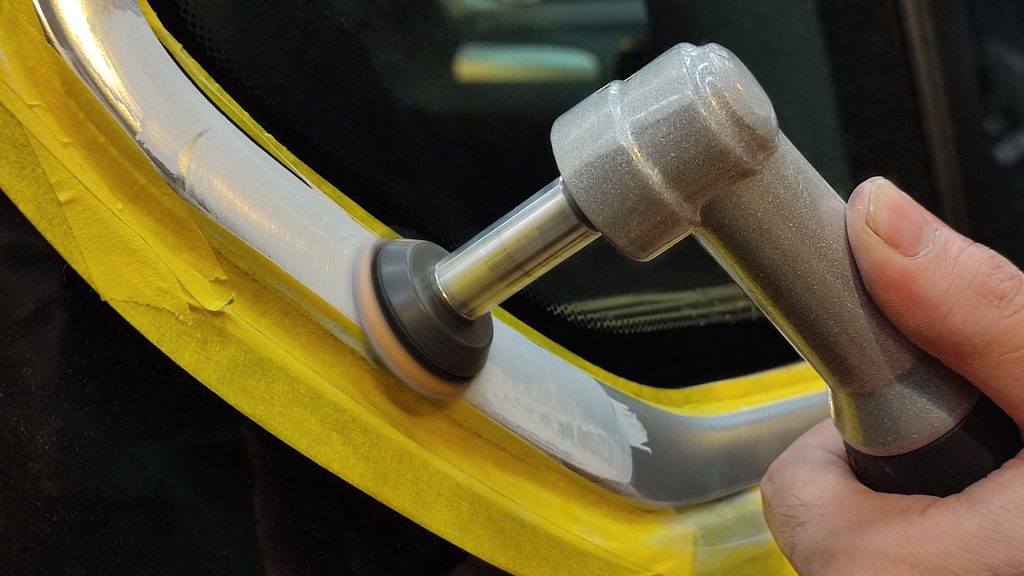Metal Abrasive and Polish – Quick Guide
Polishing metal parts can be more complicated than we think it is. There are various metals used on modern cars for aesthetic purposes, such as, aluminium, chrome, and stainless steel. Each different metal have different hardness and specifics, and requires the right polish abrasive to bring out the desired result.
OSREN’s Metal Abrasive 16 and Metal Polish 19 are formulated to tackle different metal parts of a vehicle, and to restore its outlook safely and effectively. Explore the differences between these 2 products and get a quick guide into its usages.
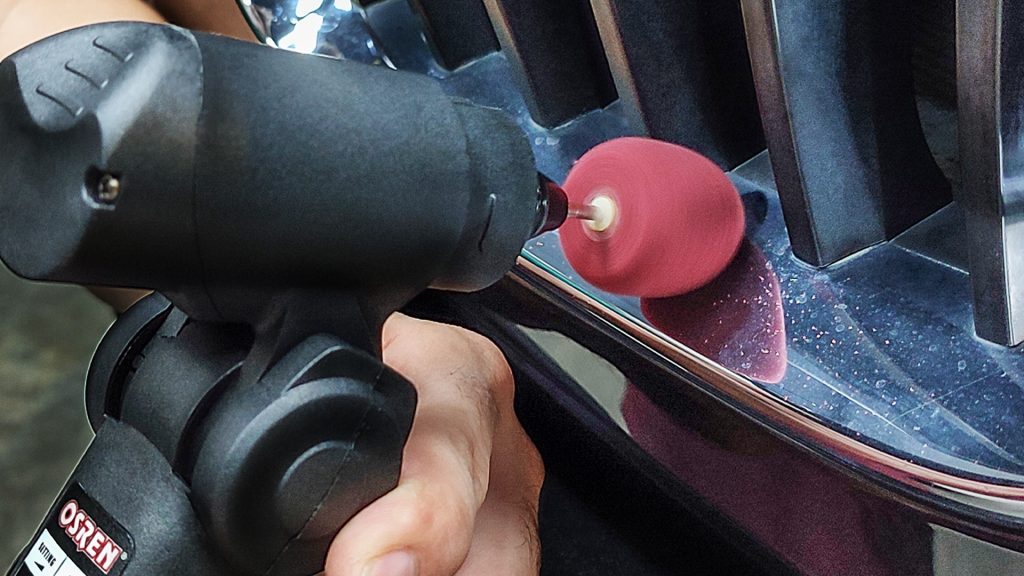
Metal Abrasive 16
OSREN’s Metal Abrasive 16 is a medium coarse abrasive formulated for non-glossy metal and satin chrome. Intended to remove oxidisation and watermark on these surfaces, and can be paired with wool or foam pad to adjust cutting strength.
- For non-glossy metal finishing
- For removal of watermarks and tough stains
- Medium Coarse Abrasive
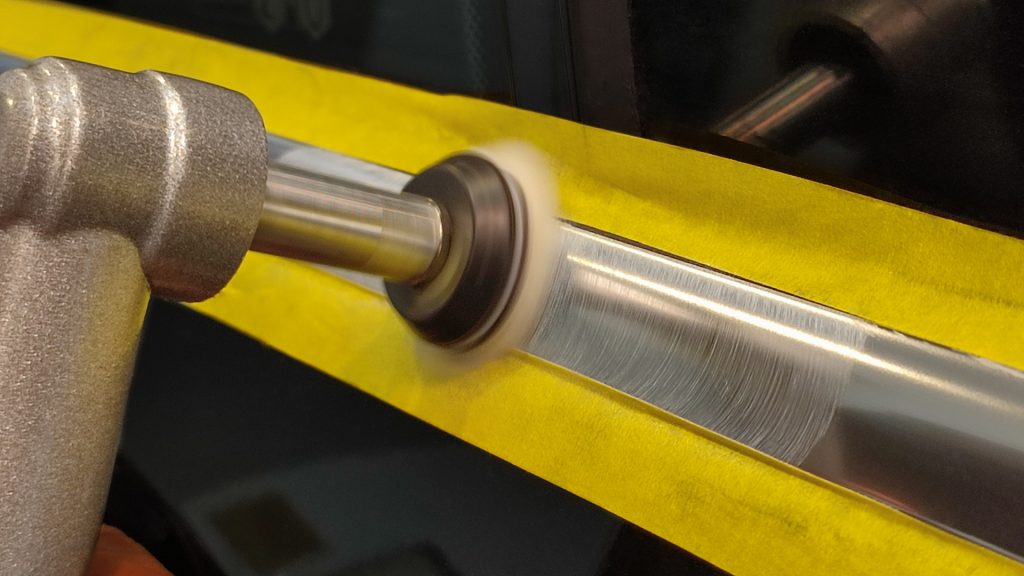
Metal Polish 19
OSREN’s Metal Polish 19 is a mild abrasive formulated for high lustre/glossy metal finishing. This includes stainless steel, plastic chromes such as door handle, emblems, and chromed grills and metal chrome trims.
- For glossy metal and plastic finishing
- For removal of watermarks and tough stains
- Mild Abrasive
Which surfaces does metal abrasive 16 and metal polish 19 covers?
Any surfaces that are metal-based!
Rims, exhaust tip, chrome trims, side-steps, stainless-steel trims
Here’s are the steps on polishing metal.
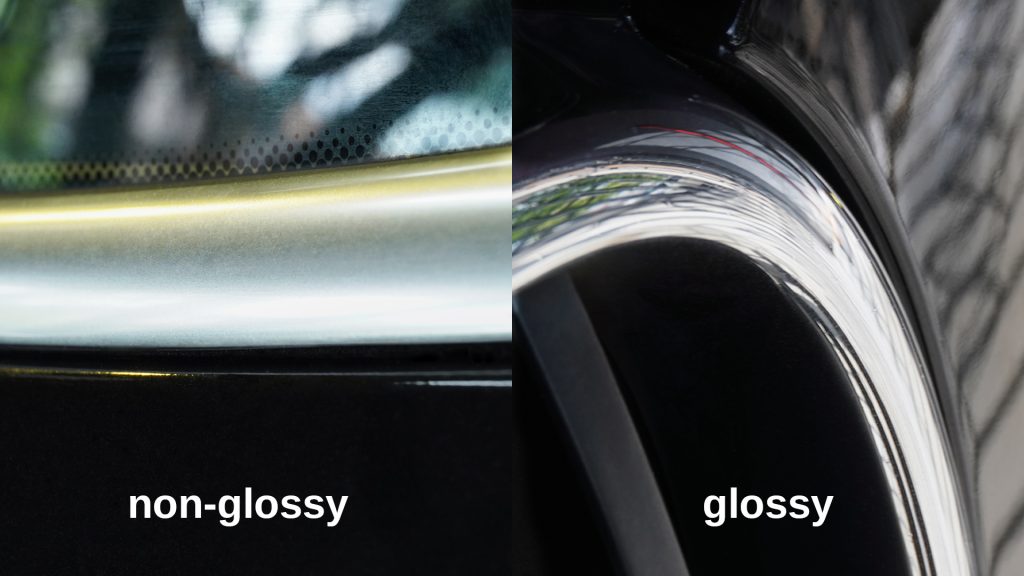
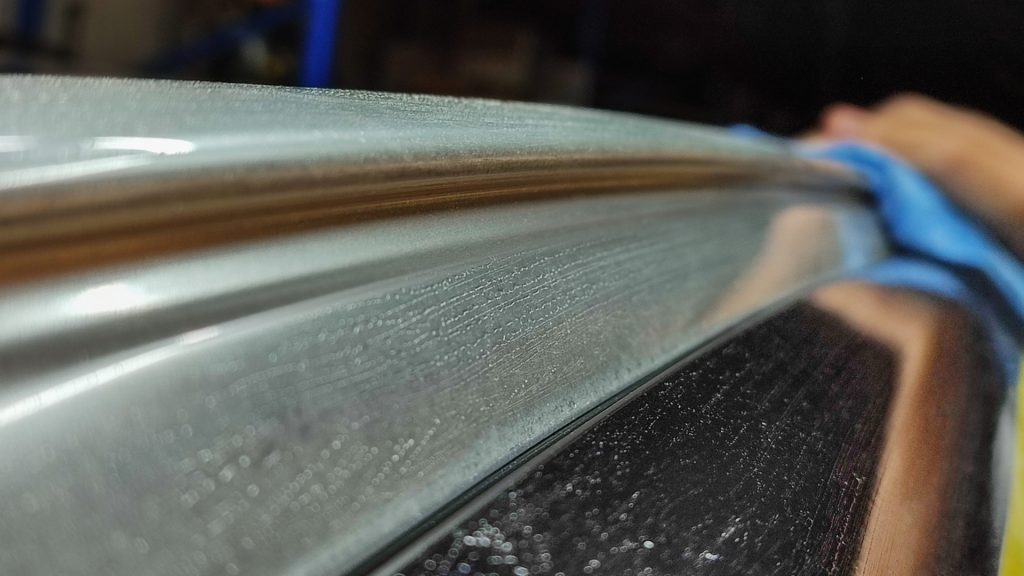
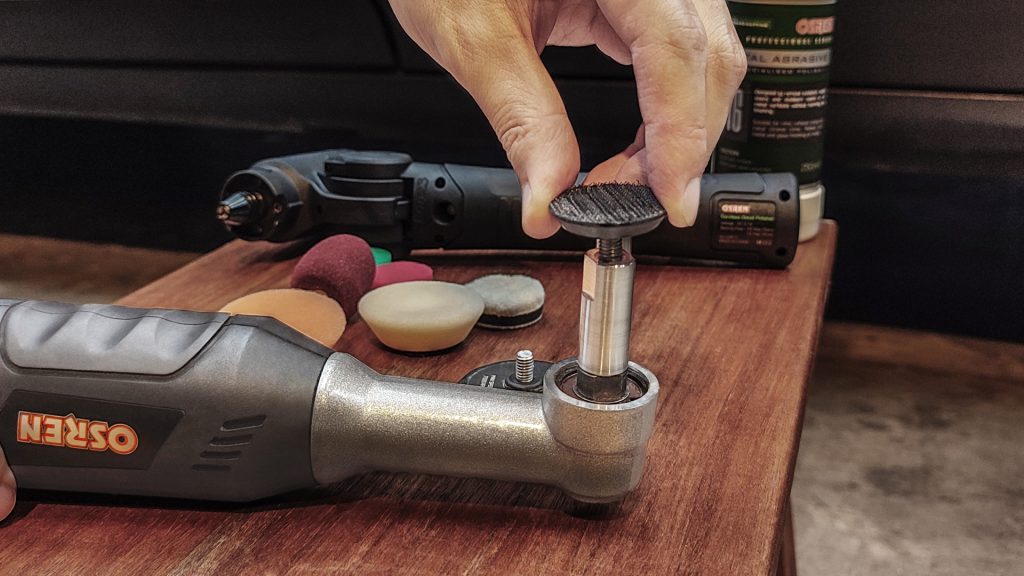
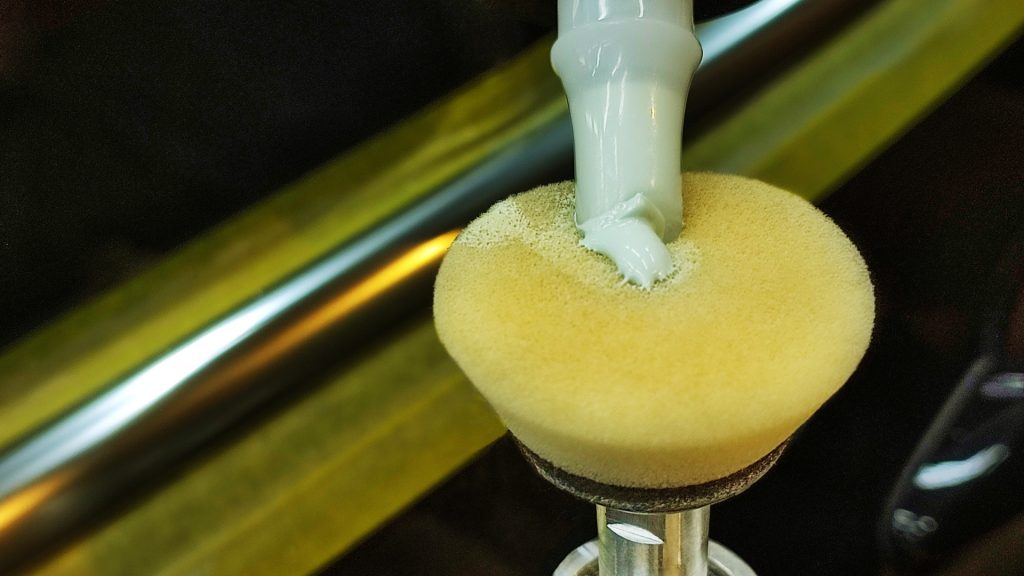
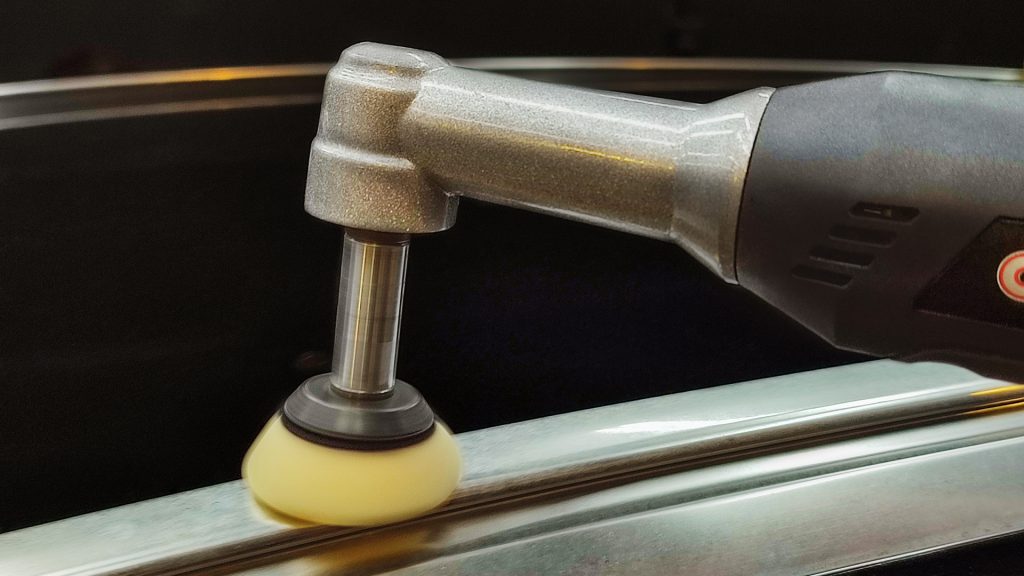
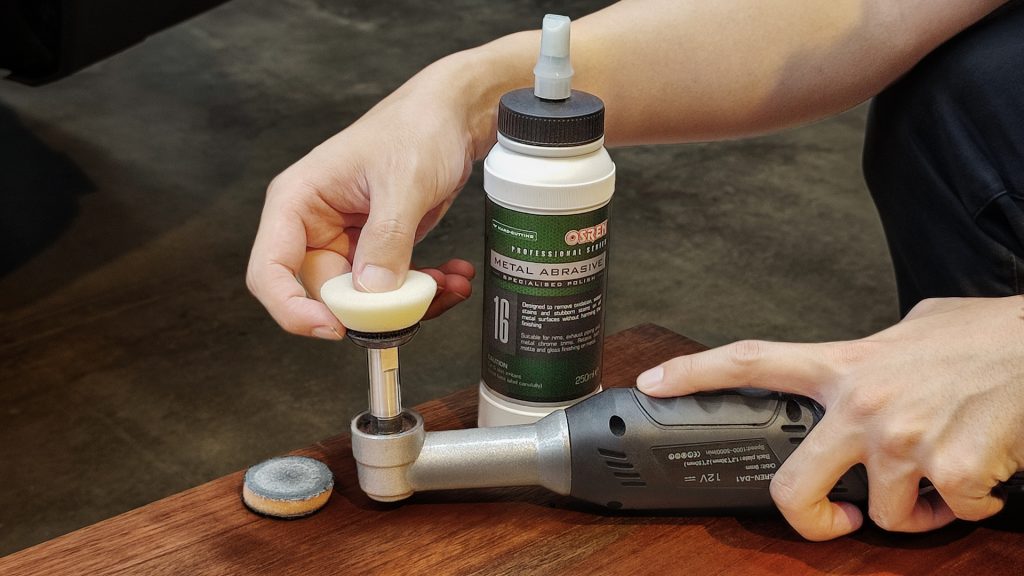
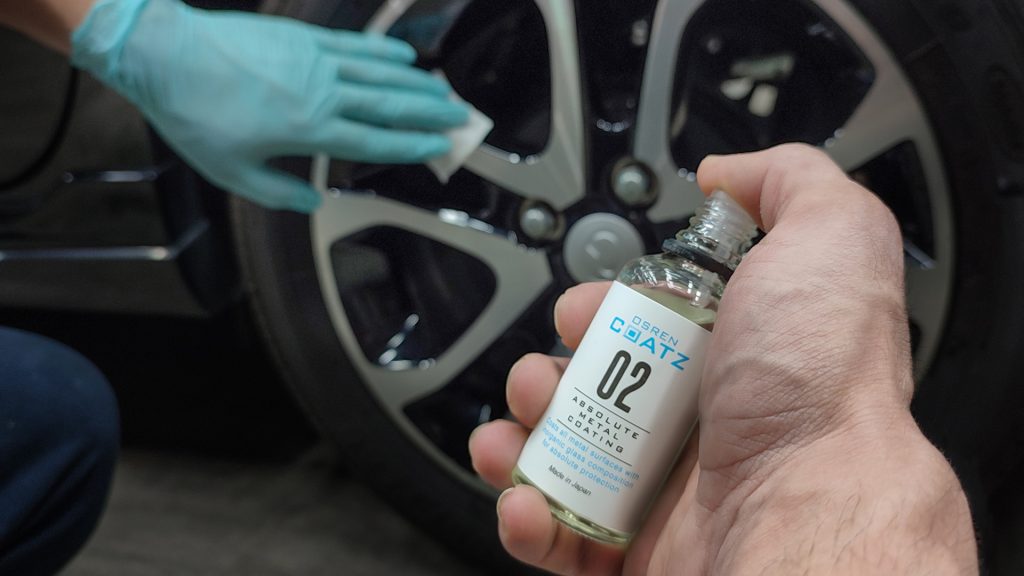
With the introduction of Metal Abrasive 16 and Metal Polish 19, polishing metal is simplified by excluding types of metal. It is formulated to be straightforward and safe by determining if a metal surface is glossy, or non-glossy.
If you have any further question regarding metal polishing, feel free to drop us an email or speak to us at [email protected] or any of our official chat channels to reach out to us!
-Shing out!





